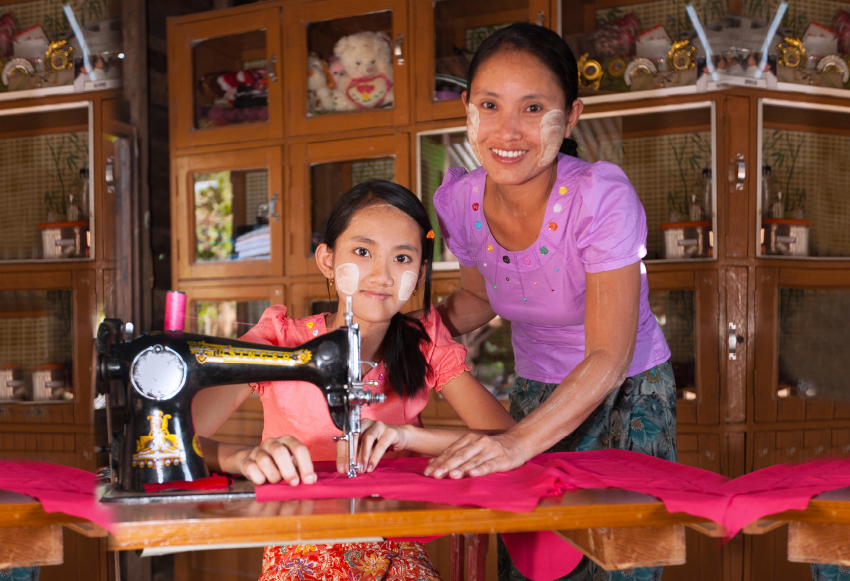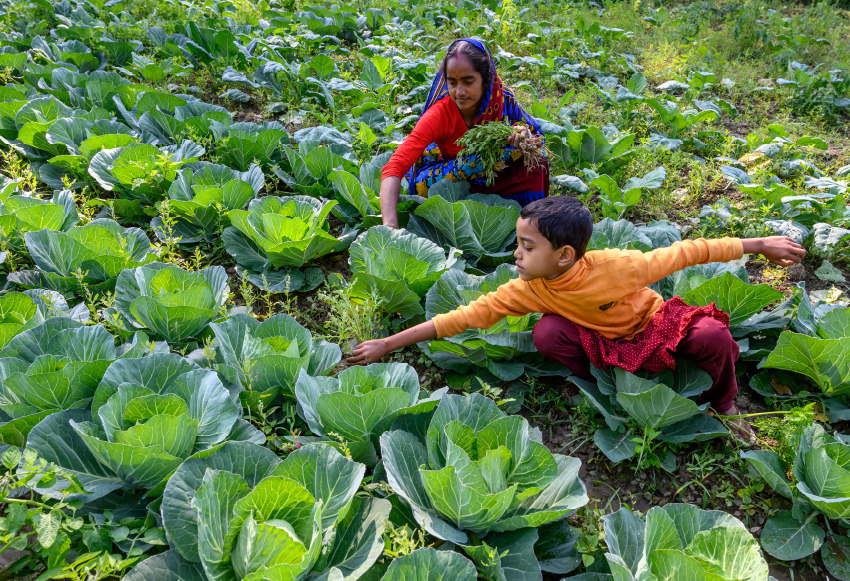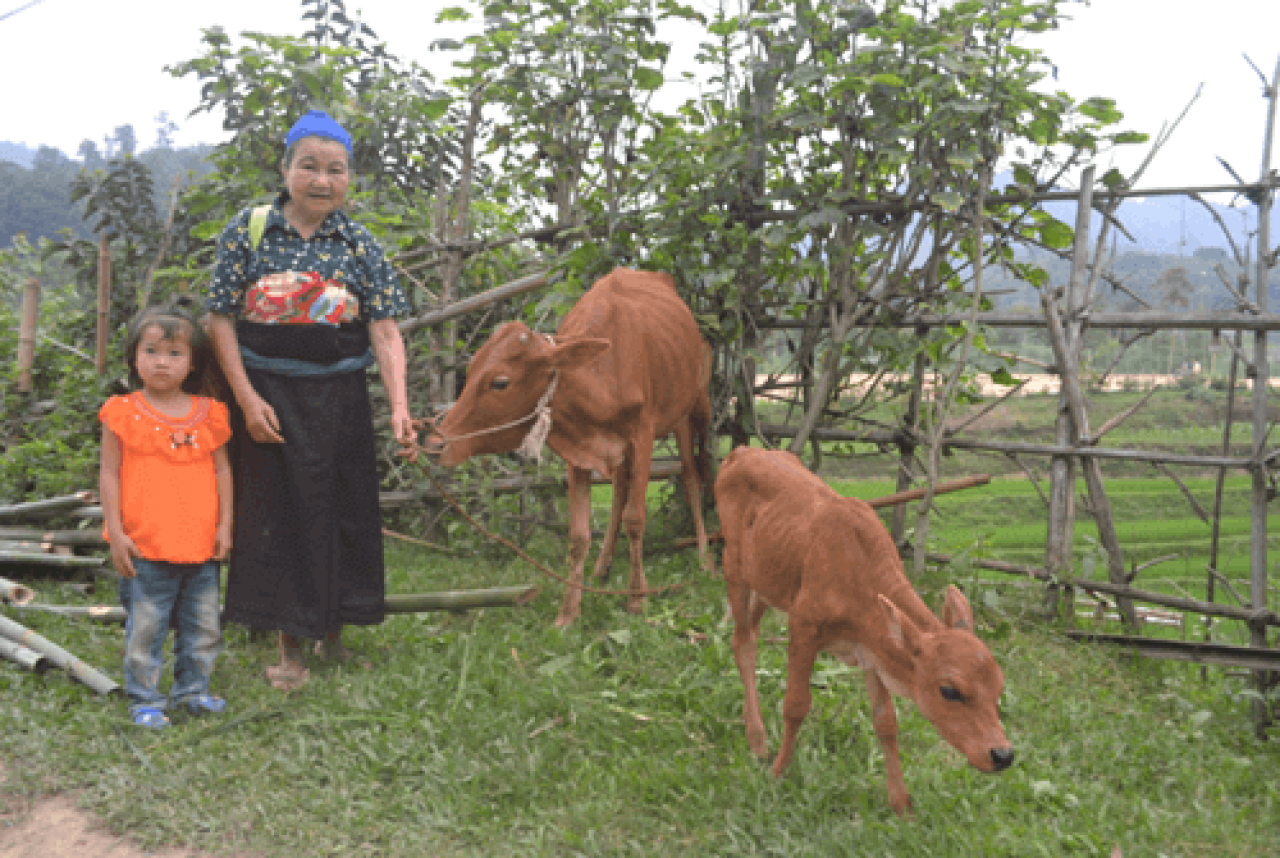Low levels of knowledge, poor agricultural productivity
Wage labourers and farmers lack knowledge and skills to increase their income. These disadvantaged groups lack business acumen, market access, do not know how to generate alternative income, or how to protect their livelihoods from disasters.
Weak institutions and financial infrastructure
Because of their distance from cities and major markets, people in poor and rural areas rely on middlemen who take a cut of profits. They also do not have basic financial services like savings and loans, forcing them to pay high interest rates to moneylenders.
Vulnerable to disasters
Rapid-onset disasters like earthquakes, and slow-onset crises like the COVID-19 pandemic can derail livelihoods. According to predictions, climate and disaster risk impacts will push an estimated 325 million poor people into extreme poverty over the next decade.





